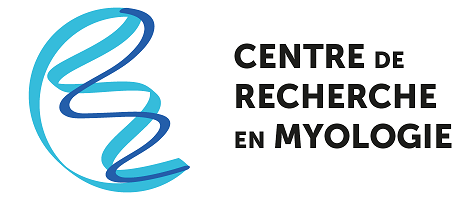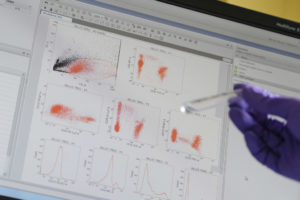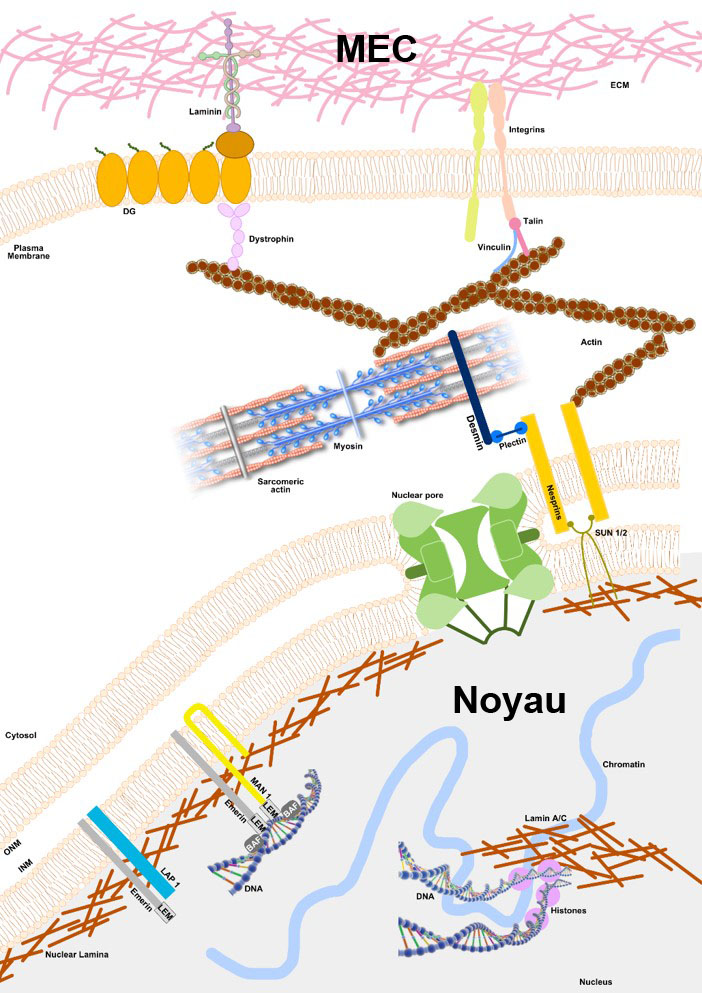
BONNE / ALLAMAND lab
Genetics and pathophysiology of neuromuscular disorders linked to the extracellular matrix and to the nucleus
The team’s research themes focus on 2 groups of Neuromuscular Diseases (MNM): myopathies due to abnormalities in the Myomatrix and in the Myonucleus due to mutations in the LMNA gene encoding type A Lamin or genes encoding components related to the nuclear membrane.

BITOUN / VASSILOPOULOS lab
Muscle cell organization and therapy of dominant centronuclear myopathy
Strengthening our knowledge on the fundamental aspects of muscle biology is a challenge to increase our understanding of the diseases affecting this tissue and to identify new targets for therapeutic intervention. This is the objective of our team through the study of mechano-transduction, cytoskeleton-nuclear envelope connections, the machinery of endocytosis and the fate of adeno-associated viral vectors in healthy and pathological muscle. Our ambition is also to better characterize the group of congenital myopathies and to provide a therapeutic solution to patients with the dominant form of centronuclear myopathy.
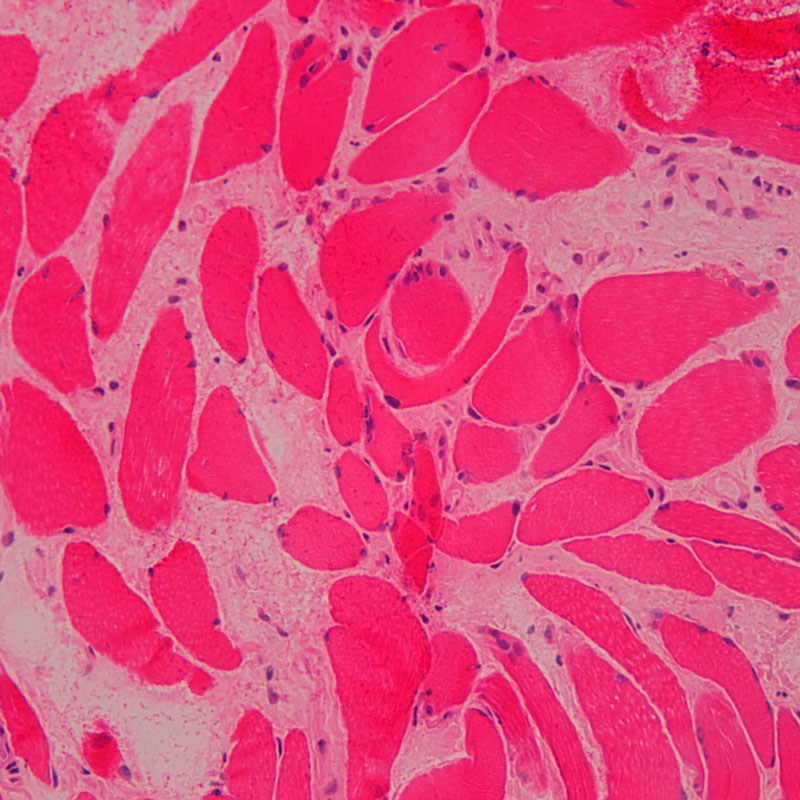
TROLLET/MOULY Lab
Cellular and molecular orchestration in muscle regeneration, during ageing and in pathologies
The team is interested in the molecular and cellular actors involved in human muscle regeneration, muscle aging and muscular dystrophies, particularly oculoparyngeal muscular dystrophy (OPMD) and Duchenne Muscular Dystrophy (DMD).
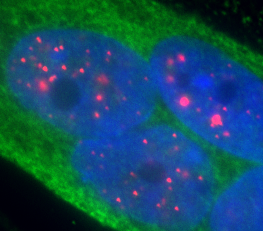
FURLING/GOURDON Lab
Repeat Expansions & Myotonic Dystrophy (REDs)
The translational research theme of the team focuses on the pathophysiology of myotonic dystrophy (DM1) or Steinert’s disease caused by an unstable expansion of CTG repeats, as well as the development and evaluation of therapies for this neuromuscular disease.
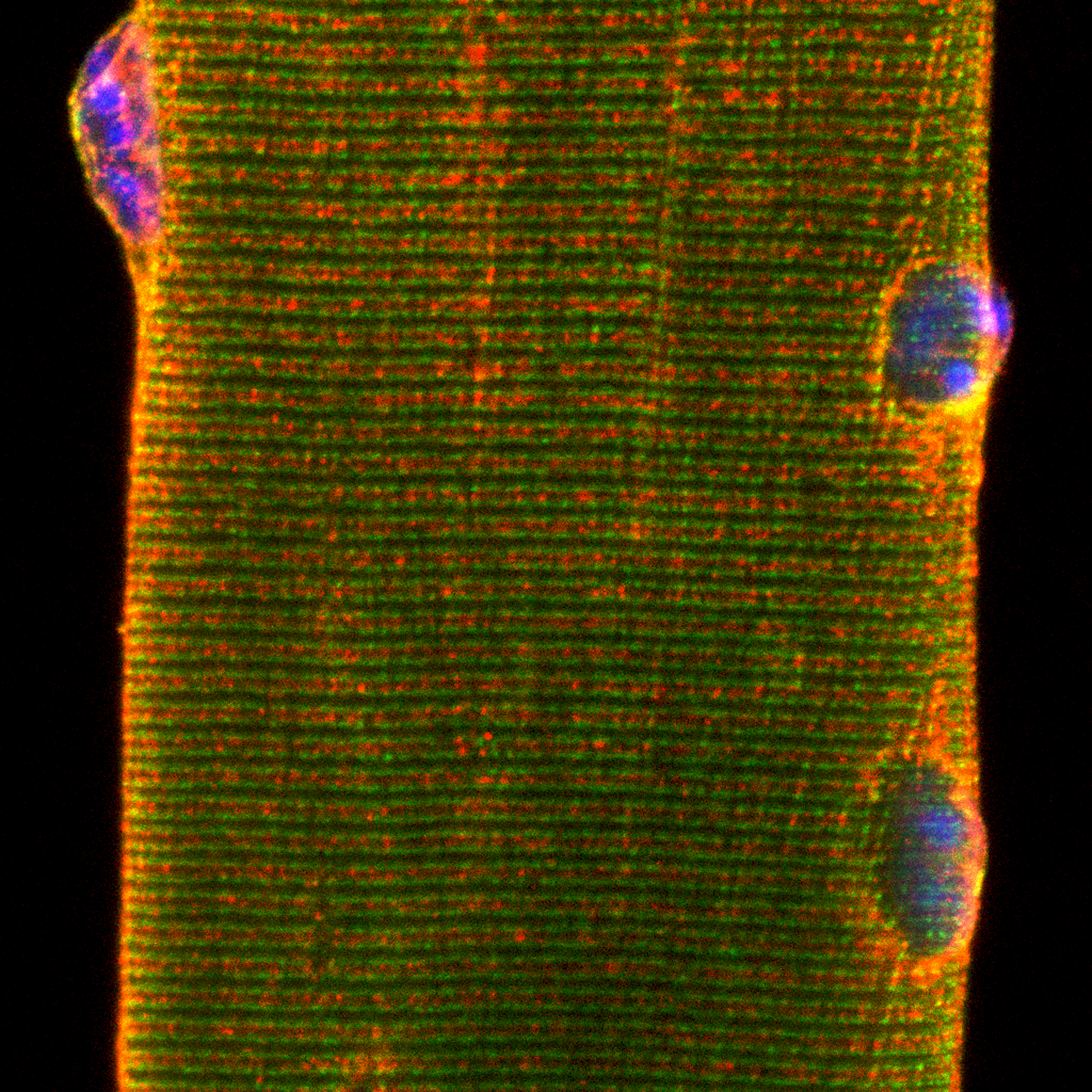
PIETRI-ROUXEL Lab
Gene therapy for DMD and pathophysiology of skeletal muscle group
Deciphering the mechanisms that govern skeletal muscle plasticity is essential for understanding the pathophysiological processes linked to neuromuscular diseases and aging (sarcopenia) and thus to optimize therapeutic strategies.
Our team is interested in optimizing therapeutic approaches to treat Duchenne muscular dystrophy (DMD) through combined therapy to significantly enhance the long-term effect of gene therapy treatment. Currently, we are evaluating this combined treatment by systemic injection in a mouse model of very severe DMD that suffers from severe and progressive symptoms: loss of motor functions, impairment of cardiac and diaphragm functions and premature death, mimicking the pathophysiology of patients with DMD. We also decipher the mechanisms for maintaining muscle mass. Indeed, as skeletal muscle wasting exacerbates the morbidity and mortality of several pathologies, the identification and characterization of treatments based on the GDF5 protein which promotes the maintenance of muscle mass and contractility can be crucial in improving quality of life and optimize therapies for muscle diseases. Thus, we are studying the molecular mechanisms that govern the role of GDF5 and evaluating its therapeutic use in the context of neuromuscular diseases but also during aging, Sarcopenia.
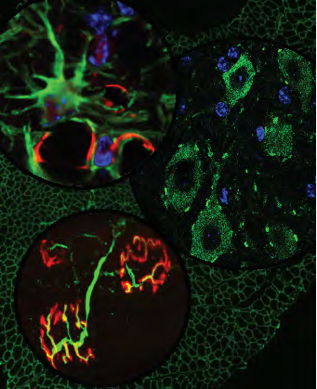
SMERIGLIO Lab
Biotherapies for motor neuron disorders (ALS & SMA)
The main objective of our team is to identify effective strategies for gene transfer in the central nervous system (CNS) and thus develop new therapies to treat motor neuron diseases. Spinal amyotrophy (SMA) and amyotrophic lateral sclerosis (ALS) are two such pathologies that still have no cure
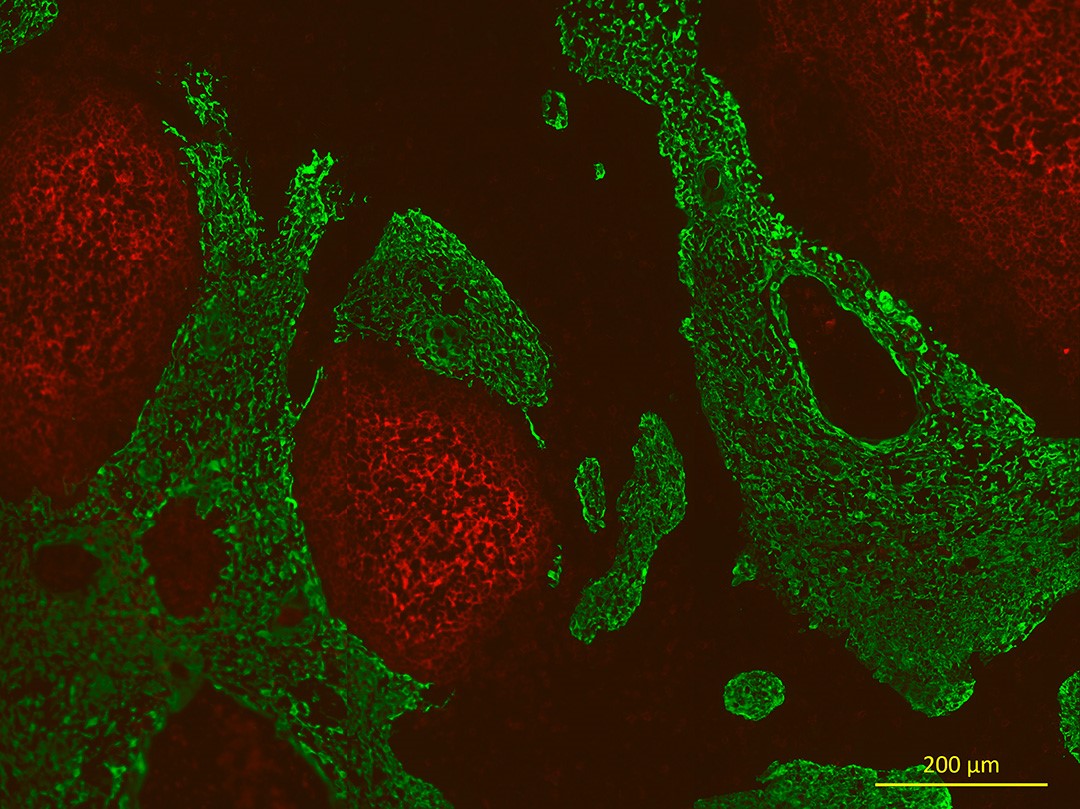
LE PANSE Lab
Myasthenia Gravis: etiology, pathophysiological & therapeutic approaches
Autoimmune myasthenia gravis is a complex disease related to the production of autoantibodies targeting the neuromuscular junction. The team is interested in the etiological and pathophysiological mechanisms involved in myasthenia by studying in particular the dysfunctions of the immune system and the involvement of the thymus.

BENVENISTE Lab
Inflammatory Myopathies & Innovative Therapies
The team is heavily involved in translational medicine studies focused on muscle immunology (from primary inflammatory myopathies (myositis) to immune reactions caused by cancer immunotherapies.
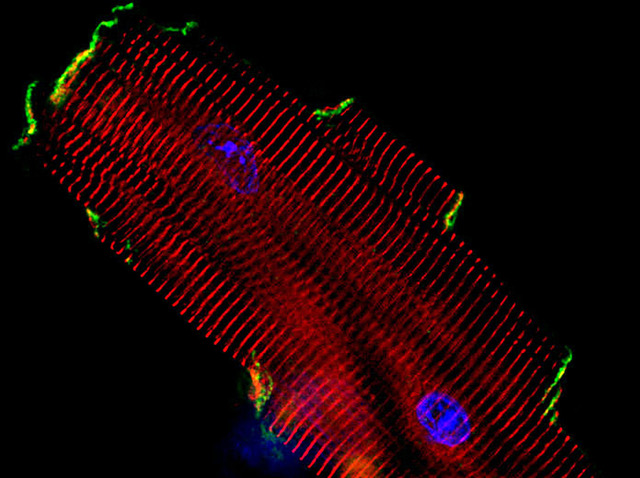
MUCHIR Lab
Signal pathways and striated muscles
Striated muscles account for about 40% of the total body weight, contain 50-75% of the body’s total protein, and contribute significantly to multiple body functions. There are two types of striated muscles : skeletal muscles and heart muscle.
